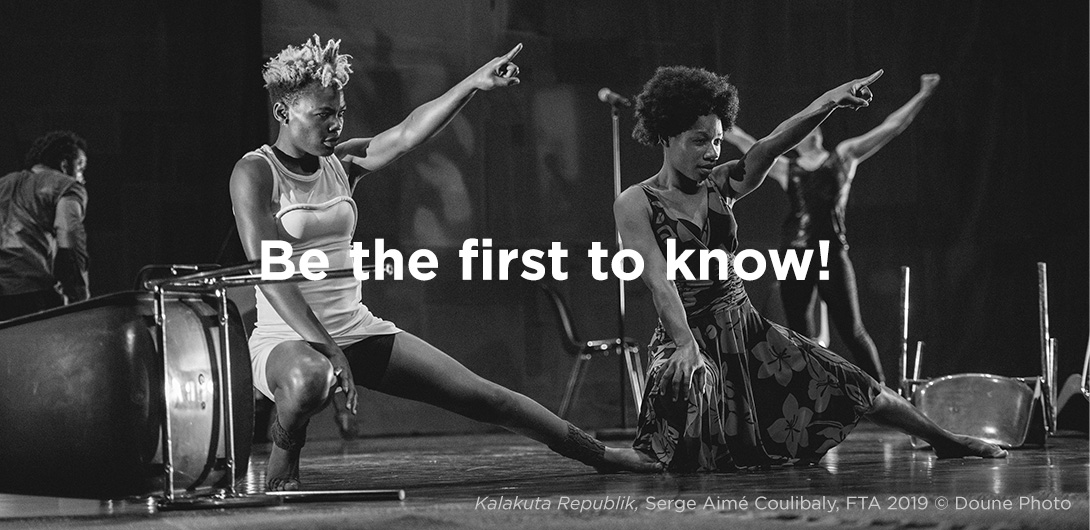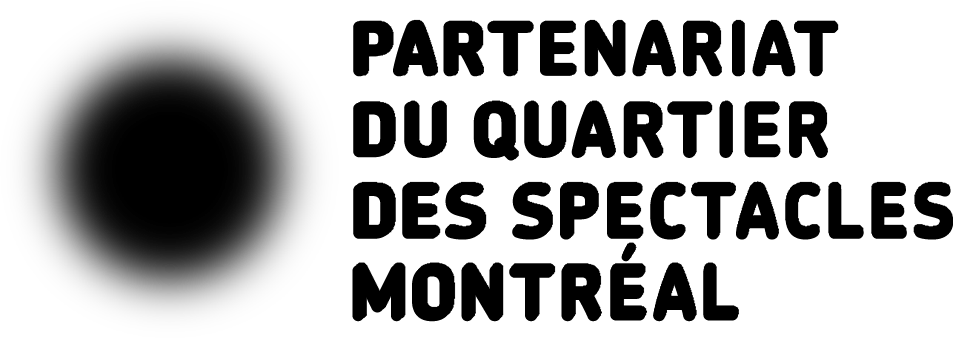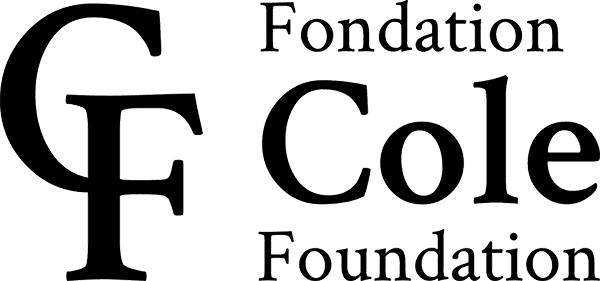Since its original two-person version created in Paris in 2018, Carte noire nommée désir has had multiple formats. How do you situate this piece within your artistic evolution?
In 2014, I took part in Ouvrir la Voix / Speak Up, a documentary by Amandine Gay. Created based on interviews, the film provides a platform for 24 Afro-descendant women to speak. They address the conditions they face as black women and their stories highlight systemic discrimination, such as sexism and racism. It made me acutely aware of my situation as a black French woman of Martinican origin, the racism I’ve experienced, and the many tensions and contradictions that I’ve been exposed to when thinking about love, desire, and the gaze of others. That period marked the start of an intense period of alternative education for me through anti-racism activism, Afro-feminism, and queer activism.
In 2017, the Lafayette Anticipations foundation suggested that I work on the principle of disidentification as a passage as part of a Wikipedia edit-a-thon campaign. For this project intended to blackify and queer the collaboration-based online encyclopedia, I created a performance called Whitewashing, which raised questions about the phenomenon of skin whitening practiced by soome black women. The following year, the Théâtre de la Loge in Paris gave me carte blanche. I was coming out of decolonial summer camps, from an intense period of consciousness-raising and Afro-feminist activism. With tongue in cheek, I offered them a “carte noire”… At first, it was a two-person piece created with Aurore Déon. The work grew out of our close relationship and also our shared reflection on the way that desire for black women is constructed, especially through advertising. What we’re told to do is sometimes contradictory. That piece contained the main elements of what is now Carte noire nommée désir. Each evening, collaborators would take part in the show to construct plastic images with us. That made us want to have more people on stage. Aurore and I have the same complexion, we share Martinican roots, and we’ve taken a similar path as university students and performers. We therefore decided to expand the play by including people from various social milieus with different ethnic origins.
Who are these women whose stories enable us to understand the highly politicized desire for the black female body? There’s a lot of stereotyping involved, as implied by the 1990s’ advertising slogan for a brand of coffee which you’ve used as title of the show.
For this project, the composition of the group was of fundamental importance. The women are all creators, but they don’t all have the same artistic backgrounds. They come from performance, theatre, fine arts, circus arts, opera. They are multiple. Some are isolated figures in their field, because there are very few black women present in the art world. We make up a heterogenous ensemble, with each individual expressing her own individuality, including both her power and her vulnerability. This diversity seemed absolutely essential to me.
Alongside me, there’s my collaborator Aurore Déon, director, author, and actress, and also Fatou Siby, a chef, radio host, and community centre director, who has been involved in the popular education movement Ceméa for the past 20 years. With her, for instance, we looked at emancipation through play. She’s also an author and recently created a one-woman show, driven by the need to express herself with the tools of theatre. People are liable to associate her with many clichés about dark-skinned black African women, relating to her social class, her given name, forced marriage, female circumcision, polygamy… Maëva Husband is an actress. As a mixed-race woman, she has fairly light skin and never wanted to really take responsibility for the issue of complexion during her career, but now she’s asking herself about how people look at her. Estelle Borel is a Swiss circus artist. She was adopted and has plenty to say, to tell, and to explore when it comes to her skin colour and origins. She creates striking images that contrast the power of her physique and the fragility of the wire on which she moves while balancing. Makeda Monnet is an opera singer and harpist, but her repertoire is not limited to classical music; her field of knowledge is much wider. We actually met during the shooting of a video by the rapper Casey. Ophélie Mac is an Afro-feminist activist artist who defines herself as a ceramicist-performer. She lives in Belgium and her work is surprising—she manages the Fatsabbats collective, which organizes events that combine care, festival activities, and various arts for the Afro-queer community.
All these women embody fantasies or characters that I couldn’t allow myself to play, because they don’t reflect my story. They are all artists who, like me, want to clarify the stereotypes surrounding them. It is therefore very important that these performers, who have agreed to work with the material of their own lives, based on their experiences, are the authors of their own stories. Speech was taken away from us for too long. That’s why this intimacy that I’m exposing is an artistic gesture that’s both personal and political. The title doesn’t just refer to advertising. It evokes the wealth of food metaphors, sweet or salty, that are used to describe non-white complexions. By systematically comparing them to chocolate or coffee, we have ended up forgetting that these products were the result of colonization and the subjugation of black peoples in the past, while today they’re the result of economic exploitation of black or non-white workers. Repurposing the slogan therefore allows me to directly denounce a social phenomenon that’s almost cannibalistic!
From a dramaturgical point of view, how do you deal with these subjects, which are still rarely represented in the theatre or the cultural scene as a whole?
I try to talk about desire for black women in the French context by asking myself what reference points and models are used to construct it. And what I’ve discovered is not great. Most of the time, the bodies of black women are hyper-sexualized, objectified, treated like animals, while it remains difficult, if not impossible, to discuss white bodies and their associated privileges. The essentially masculine view of our experiences as black women has shaped a whole swathe of our collective imagination and made this kind of discourse ubiquitous. At the same time, these women are waitresses, nannies, maids—they’re “at your service.” They are so subjugated to the service of others that it’s almost impossible for them to take care of themselves, their skin, their hair, their mental health… Even though my theatrical work contains real talk, since I work based on principles of truth and transparency, it’s not documentary theatre. My work is all about asking myself how to approach performance in the show. How do I weave together two different kinds of narration to tell a bigger story? The writing phase was therefore important, because I wanted the text to be almost like a tale. Inspired by Aimé Césaire, Audre Lorde, and others, I want people to hear poetic speech with an Afro-fantastic or Afro-futurist resonance. It’s a pretty long story that we’re presenting to the audience. But once our story is told, what can we dream of? How can we transform ourselves and transport ourselves into the future? The plastic images constructed on stage are metaphors drawn from the pop culture that constructed us. But we want to go beyond them. This is a show that empowers black women…
Interview conducted by Francis Cossu for the 77th edition of the Festival d’Avignon










